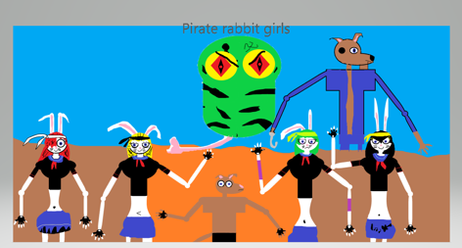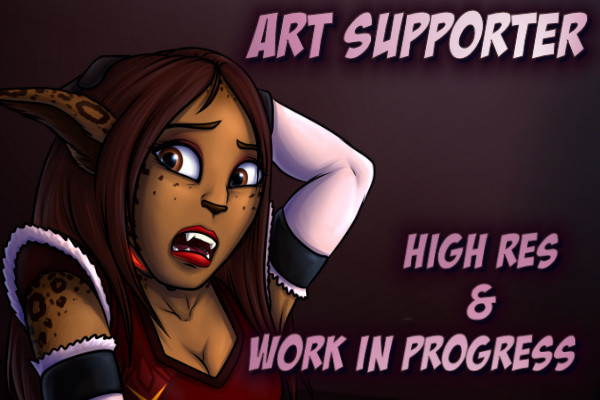HOME | DD
 Sumlax — Creature Design Exercises - Dragonology 1
Sumlax — Creature Design Exercises - Dragonology 1

Published: 2020-11-20 08:12:32 +0000 UTC; Views: 2025; Favourites: 47; Downloads: 2
Redirect to original
Description
Part 1 | Part 2 | Part 3 | Part 4 | Part 5 | Part 6 | BonusThis is actually inspired by The Memoirs of Lady Trent rather than Dragonology series (which I haven`t read), but "Natural History of Dragons" didn`t fit in the title. Anyway, for a series ostensibly about speculative dragon biology, said biology really is the weakest part of the Lady Trent books. And so, similar to how I did Aquatic Aliens in response to Subnautica, I`m gonna show how I would do it if I was writing these books.
These dragons are an ambiguous group, mainly sauropsid-like but with some synapsid-ish traits. Let`s see what we can borrow from Lady Trent`s dragons:
1) six or more limbs - absolutely not. These dragons have forelimb wings, albeit unusual ones.
2) head ruffs/frills/whatever - sure, these would mainly develop as the equivalent of mammalian external ears, but in some regards similar to lizard frills.
3) integument - not random, fur-like and feather-like structures develop when they`re needed.
4) super-bones - probably bullshit from biochemical and material science standpoint, but I don`t have the expertise to debunk it, so why not!
5) extraordinary breath - no unexplained magic bullshit here, these dragons evolved to spit venom in aerosol form, eventually developing two separate compound which ignite on contact. This ability may be lost and replaced with stuff like pressurized water stream, but those are entirely unrelated.
6) reproduction - no sudden jumps from amphibian-like aquatic eggs and larvae to fully advanced amniotic egg. They reproduce like regular old lizards, although there may be a little bit of metamorphosis.
7) developmental lability - definitely no "pour human blood on eggs to make dragon people" kind of stuff, but there`s gotta be something that explains the development of their weird traits. Still, they evolve, differentiate and spread like any other animals, with all due respect to the laws of evolution and ecology.
With that out of the way, let`s get started, and remember that the animals shown are not to scale, and all the names are provisional!
***
Here is what we could call the "lesser dragons", primitive and often unimpressive.
The most basic ones would be lidnworms (1, 2) - a bunch of early lizard-like lineages, usually small and with non-flammable venom. The grotesques (3, 4) are mostly similar, but among them fire-breath is already commonplace, and they also tend to develop a variety of prominent display structures, giving them a peculiar appearance. Mainly small, they still have some menacing giants among them, such as the great fire-serpents (5). Some lindworm-grade dragons are closer to the more advanced groups than others (6).
Related content
Comments: 3

👍: 0 ⏩: 1

👍: 0 ⏩: 0


























